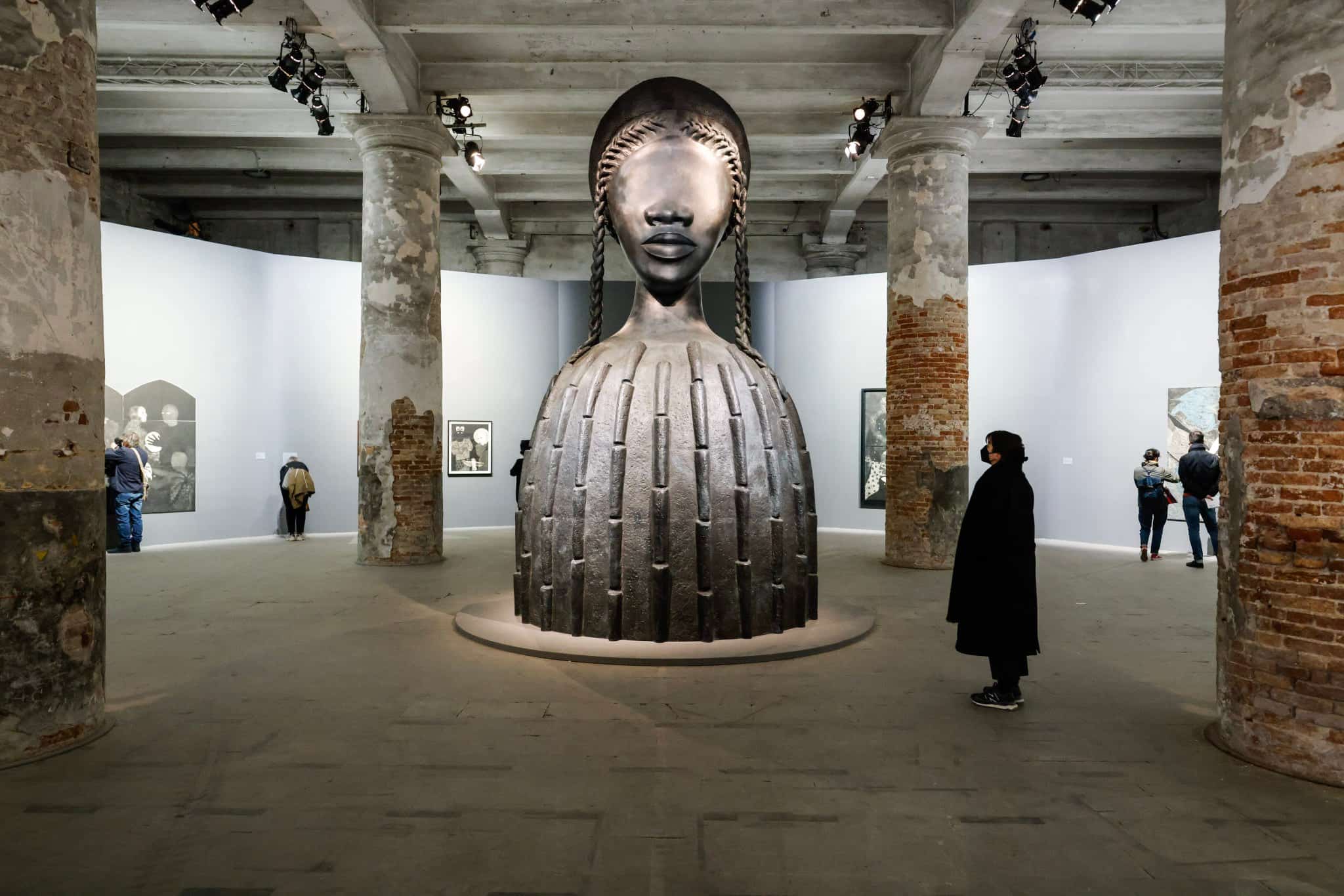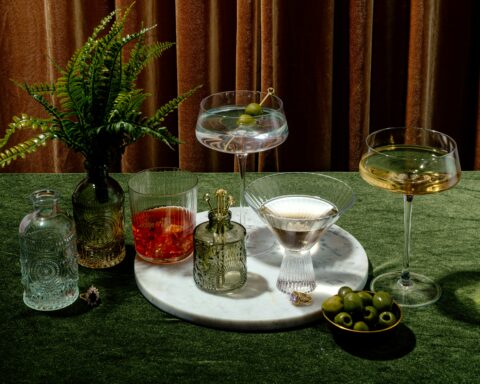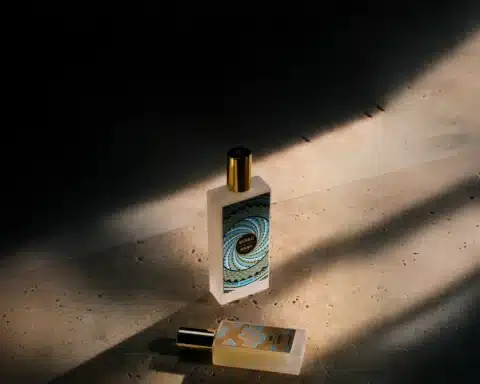The Venice Biennale of Contemporary Art opened at the end of April and runs until November 27, an opportunity to rediscover the best of Contemporary Art, after two years of pandemic.
The most awaited contemporary art event in the world returns to Venice after an absence of two years. It offers no less than 200 creators, from 58 countries and presenting 1,433 works.
This 59th Biennial of Contemporary Art is embodied by a strong female presence, indeed, 80% of the artists are women, between high-profile stars and more confidential artists. The general curator of this biennial, Cecilia Alemani, has chosen to give pride of place to collectives and minorities. The theme of this new edition is entitled “The Milk of Dreams“, inspired by the homonymous book, a collection of children’s stories, by the surrealist artist Leonora Carrington (1917-2011), who is very present in the exhibition “Surrealism and Magic” at the Guggenheim Foundation.

This surreal atmosphere can be found throughout the Biennale, starting with the beautiful historical room in the center of the general pavilion where all the great figures of the movement are exhibited, from Rosa Rosà and her feminist contributions in “L’Italia futurista” to Claude Cahun and Gertrud Arndt and their photographic self-portraits.
Among the confirmed female artists present in Venice this year is the Portuguese Paula Rego, who is given an entire room in the general pavilion of the Giardini. Further on, we come across a monumental elephant by Katharina Fritsch as well as the ceramic figures of Simone Fattal or the painted figures of Cecilia Vicuna.

African-American artist Simone Leigh monumentally opens the Arsenal with “Brick house“, a gigantic sculpture on New York’s High Line, which relates African women, slavery and cultural identity.
With powerful images, Polish artist Joanna Piotrowska speaks of domestic violence and the search for refuge, while the works of Kerstin Brätsch evoke the alchemical process dear to Surrealism, with ceramics transformed into marble. Towards the end of the exhibition, the visitor is immersed in the post-apocalyptic, humanity-deprived world of artist Sandra Mujinga.
Voir cette publication sur Instagram
The French pavilion is occupied by the artist Zineb Sedira. “Dreams have no title” consists of an immersive installation, in which she recounts her personal memories to evoke the time after colonization, through videos, films and installations in an atmosphere of 1960s cinema.
Also worth seeing is the Louis-Vuitton Area, on the second floor, where the German artist Katherina Grosse has created a mysterious atmosphere. By transforming her paintings into sculptures, her canvases become an immersive object that is displayed from floor to ceiling in colorful drapes.
Read also > CLAUDE & FRANÇOIS-XAVIER LALANNE FEATURED IN NEW EXHIBITION AT MUSÉE DES ARTS DÉCORATIFS
Front page photo: © La Biennale di Venezia















